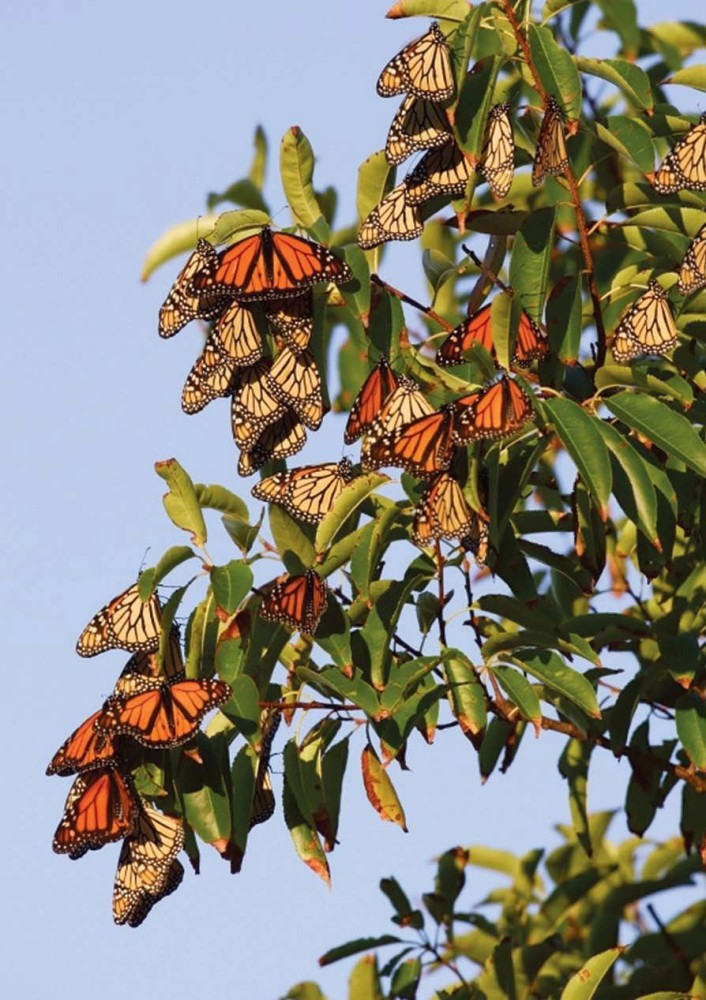Global travel raises concerns among public health officials that a disease outbreak in one part of the world will quickly and easily spread elsewhere. The same is commonly believed to be true with wild migratory animals, especially birds, as was the case with the rapid spread of West Nile virus. But new research by a University of Georgia scientist reveals that animal migrations could actually reduce the spread of disease.
In a review of dozens of studies, Sonia Altizer and two colleagues found little evidence that migration spreads disease among animals and considerable evidence for the opposite. “Migration, in many cases, seems to keep animal populations healthy,” she said. “The species that migrate are being exposed to less disease.”
One reason for this, Altizer said, is that migrating animals leave behind habitats where pathogens have built up. For instance, it is common for large numbers of parasites to be found in and around active bird nests, but when the birds leave the nest and migrate, the parasites stay behind and die. The researchers also found evidence that animals compromised by infection do not migrate successfully – they depart too late, don’t make the journey at all, travel shorter distances, or die en route. “It’s a weeding out effect,” Altizer said. “It keeps populations healthy by removing the infected animals.”
One study of monarch butterflies found that just 10 percent of migratory populations were infected with a protozoan parasite, but nearly 100 percent of non-migratory monarch populations were infected. And for those monarchs that do migrate, the percentage of the population that is infected declines the farther south the insects are tested, suggesting that the unhealthy butterflies drop out along the route.
In the case of songbirds, long-distance migration appears to reduce the function of their immune system. Migratory thrushes that have been exposed to Lyme disease, for example, suffer a relapse of the disease as they prepare for migration. “They have a limited amount of energy, so they can either funnel it into their fat reserves to fuel migration or they can fight the disease,” Altizer said. “The end result might be that the birds that had become exposed to disease end up dying during migration. And that could lead to a healthier population.”
For some species, however, migration is becoming a dangerous undertaking. Deforestation, urbanization, and the spread of agriculture have eliminated stopover sites, and artificial barriers have blocked migration routes. A warming climate also means that some species no longer need to migrate or migrate shorter distances. Altizer points to the increasing number of non-migratory Canada geese and pockets of monarchs that stay in the South year round. She said that both species are probably more susceptible to disease.
“If they stop migrating and instead hang out in the same habitat year round, that will allow parasites to build up and remove the ability of migration to take infected animals out of the population,” she said. “Those that don’t migrate will build up a heavier infection rate.”


